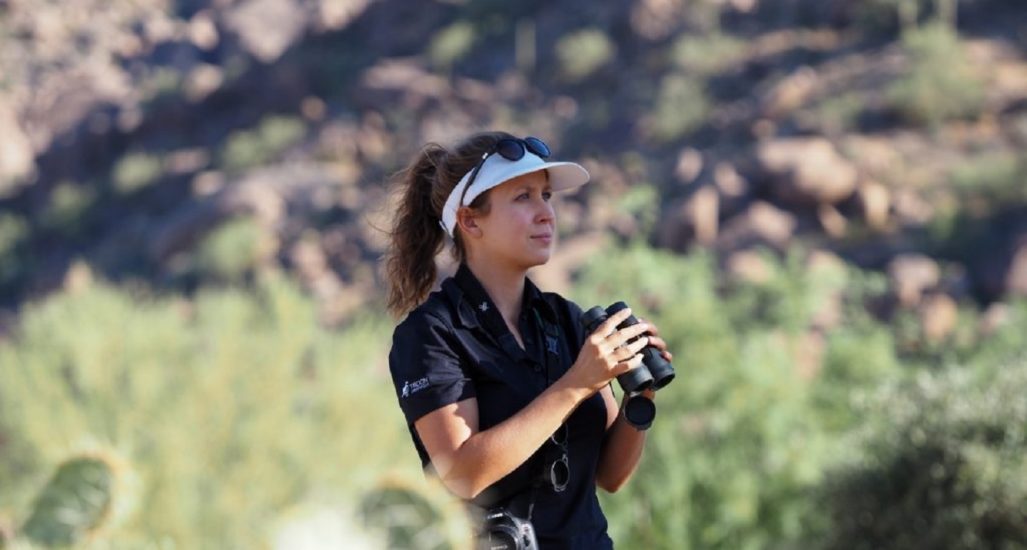Citizen Science Month

Citizen Science Month is observed in April every year. If you’re at home with the family, this is a great opportunity to find a science project to do with them and learn something new. Even if you don’t have children, there are plenty of projects for adults which I even participate in myself!
Citizen science is described as scientific work conducted by members of the general public, often in collaboration with or under the direction of professional scientists. A common example of a citizen science project involves people collecting data and reporting results to a database monitored by professional scientists.
The Scistarter website is a fantastic resource to find a wide range of citizen science projects (over 3,000 listed) that you could do during this time. You can search based on age range, location, or topic of interest: https://scistarter.org/finder. They will also be posting their own updates and information for Citizen Science Month so you can find multiple projects throughout the month.
I’d like to cover two citizen science projects that are personal favorites of mine. I’ve used them for my own research and work on golf courses, and the great thing is you can still contribute at home. Both websites have tutorials on how to get started as well as helpful guides/resources so you don’t need any previous knowledge to get started!

eBird
eBird was created by the Cornell Lab of Ornithology. If you caught the previous article on birdwatching (aka birding) I mentioned the website eBird. eBird is probably the most famous and successful example of citizen science in the world. Birdwatchers are an eclectic and passionate group of people. Many are not scientists; they just whole-heartedly enjoy birdwatching as a hobby. eBird was created to harness their collective knowledge. Birdwatchers will keep a list of everything they see and eBird allows them to submit their lists to one single database.
After receiving millions of these checklists all over the world for years, eBird has an extensive amount of data. The best part about the website is that the data is open-source so anyone from researchers to the general public can view it and use it for their own purposes.

iNaturalist
iNaturlalist is a joint initiative between National Geographic and the California Academy of the Science. It is a lot like eBird, except it is for more than just birds’ it is for everything! You can see or submit sightings for fungi, plants, arthropods, birds, mammals, reptiles, etc. iNaturalist can therefore be more fun to use with kids because it gives you the opportunity to discover a wide range of organisms.
They also developed a mobile app called “Seek”. Seek has been improving every year and now the app is pretty good at identifying species for you (works better with plants and fungi). When I am visiting a golf course in an area I am not familiar with, I will use this app to help me when conducting surveys (it can be a battery drain though so be careful of that).

